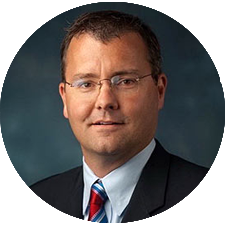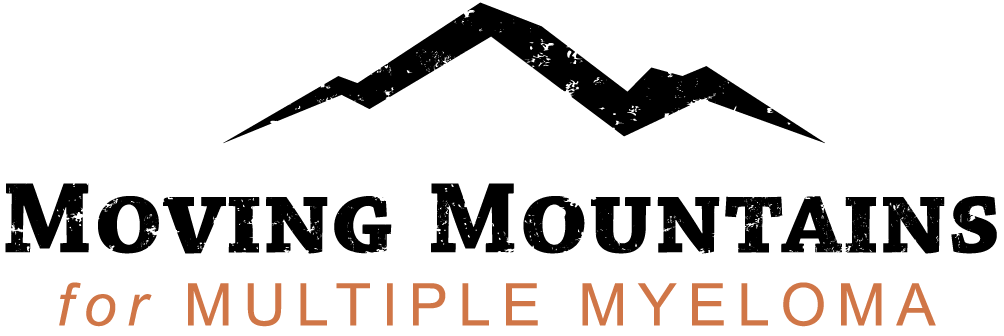
Mount Fuji2017
BLOGS

Brian Berryman
Mt. Fuji - Lessons Learned
July 25, 2017
Twenty years ago, my mother, Mary Frances Berryman, died from multiple myeloma. Treatment options for her at that time were very limited. They were oral melphalan (invented in the 50s) and prednisone and high-dose dexamethasone (have fun with that). Autologous stem cell transplants were being performed but limited to a few centers. Like so many others with multiple myeloma, my mother had no chance. She died at age 63, less than three years after her diagnosis. She never had a chance to see her grandchildren here on earth. Lord knows, my kids could have used her influence.
Twenty years later, what is new and improved for multiple myeloma patients? And sadly, what has not changed?
Today, FDA-approved therapies for multiple myeloma include: the immune modulator class (thalidomide, lenalidomide and pomalidomide), the proteasome inhibitor class (bortezomib, carlfilzomib and ixazomib), the monoclonal antibody class (daratumumab and elotuzumab), the chemotherapy class (liposomal doxorubicin, a new form of melphalan), and the histone deacetylase inhibitor class (panobinostat). Many additional therapies are being used successfully off-label both on and off clinical trials.
There are new and improved techniques for diagnosing the disease, assessing the extent and prognosis and disease response. There are new and improved ways of clinically supporting patients with multiple myeloma, and managing side effects of the disease and its treatments. There is a tremendous amount of public and medical awareness as well as educational information for patients and their caregivers. People with multiple myeloma are living longer and better than ever before. At least today they have a chance.
Twenty years later, what has not changed for multiple myeloma patients?
Multiple myeloma remains an incurable cancer. It is not going away. In fact, the incidence is on the rise (30,000 people in U.S. diagnosed this year). And although we celebrate the incredible victories we have accomplished over the last twenty years, we must remember people die from this disease, over 12,000 in the U.S. this year (12,590). People like my mom. People like my precious patient Carla who, while we summited Fuji, was watching over us from heaven (no wonder I made it). Meanwhile, her family prepared for the celebration of her earthly life.
Twenty years ago, we did not have the Multiple Myeloma Research Foundation (MMRF). Medically, we did not have the dedicated funding necessary for the research necessary for drug development. It took prolonged periods of time to get new therapies to the patients. Time we didn’t have. We did not have the education, the awareness, the technology, the collaboration. We had no chance. Not enough time.
The MMRF (established 1998) gives myeloma patients, their caregivers and their medical team a chance. A chance for patients to live well, not just exist. A chance to do incredible things, accomplish amazing feats, see things, meet people (grand people), go places that were impossible to even consider twenty years ago. Mt. Kilimanjaro, Grand Canyon, Machu Picchu and now Mt. Fuji. Who would have thought, twenty years ago, of such madness? Patients. Physicians. Nurses. Caregivers. Scientists. Researchers. MMRF. Pharmaceutical company Takeda. CURE magazine. All together. One goal. The goal is more important than to summit or to finish. The goal is to fight. And fight together.
Twenty years later, patients with multiple myeloma like Mama have a chance. No guarantees. Not asking for that. But I do guarantee one thing.
They will never be fighting alone.


